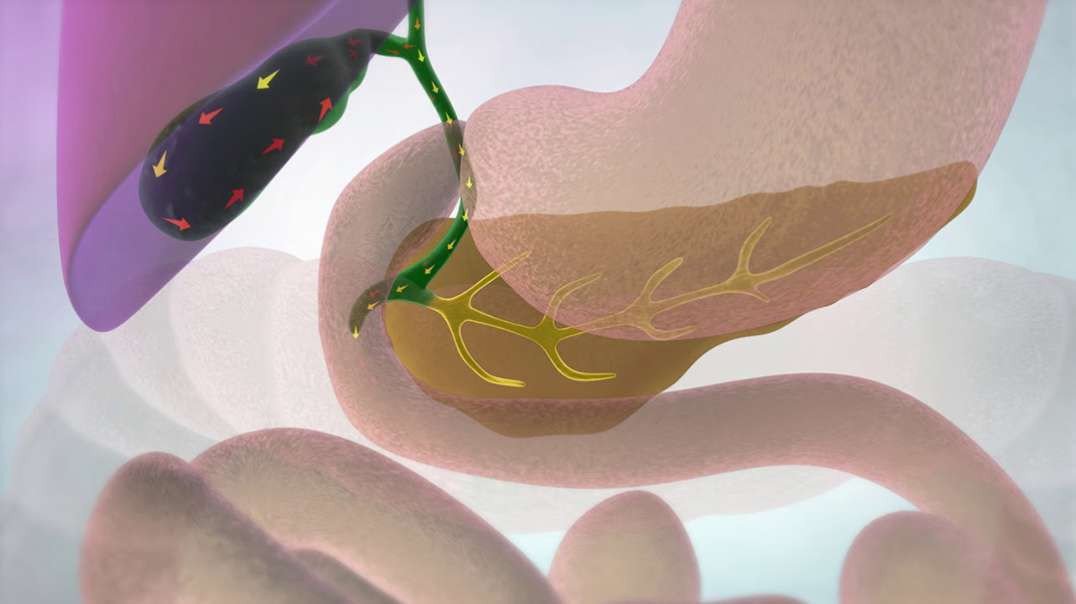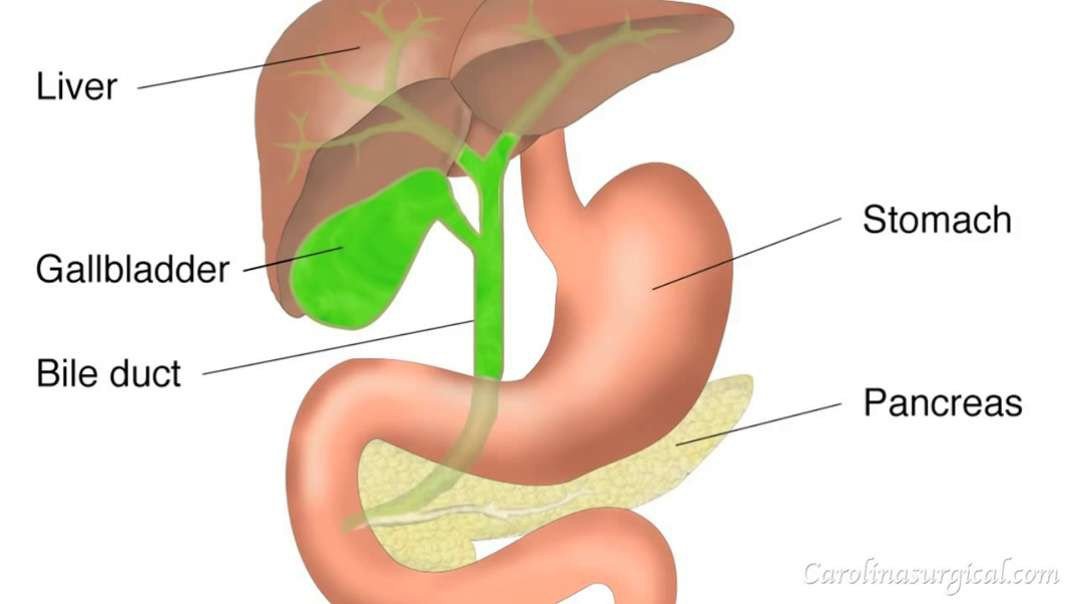
:
The Gallbladder and Biliary Tree
The biliary tract, (biliary tree or biliary system) refers to the liver, gall bladder, and bile ducts, and how they work together to make, store and secrete bile. Bile consists of water, electrolytes, bile acids, cholesterol, phospholipids, and conjugated bilirubin. Some components are synthesized by hepatocytes (liver cells), the rest are extracted from the blood by the liver.
Bile is secreted by the liver into small ducts that join to form the common hepatic duct. Between meals, secreted bile is stored in the gall bladder. During a meal, the bile is secreted into the duodenum to rid the body of waste stored in the bile as well as aid in the absorption of dietary fats and oils.
The gallbladder and biliary tree are vital components in the function and physiology of the liver and also in maintaining digestion, therefore it's important that medical students and junior doctors have a good understanding of the anatomy of this region.
In this video, Dr. Glyn Estebanez covers the key anatomy of the gallbladder and biliary tree, including the structure, function, and vascular supply.
0:06 - Gallbladder Anatomy
01:06 - Biliary Tract Anatomy
02:05 - Gallbladder Function and Physiology
02:52 - Blood Supply and Calot's Triangle
Abbreviations:
Right hepatic duct=RHD
Left hepatic duct=LHD
Common hepatic duct=CHD

